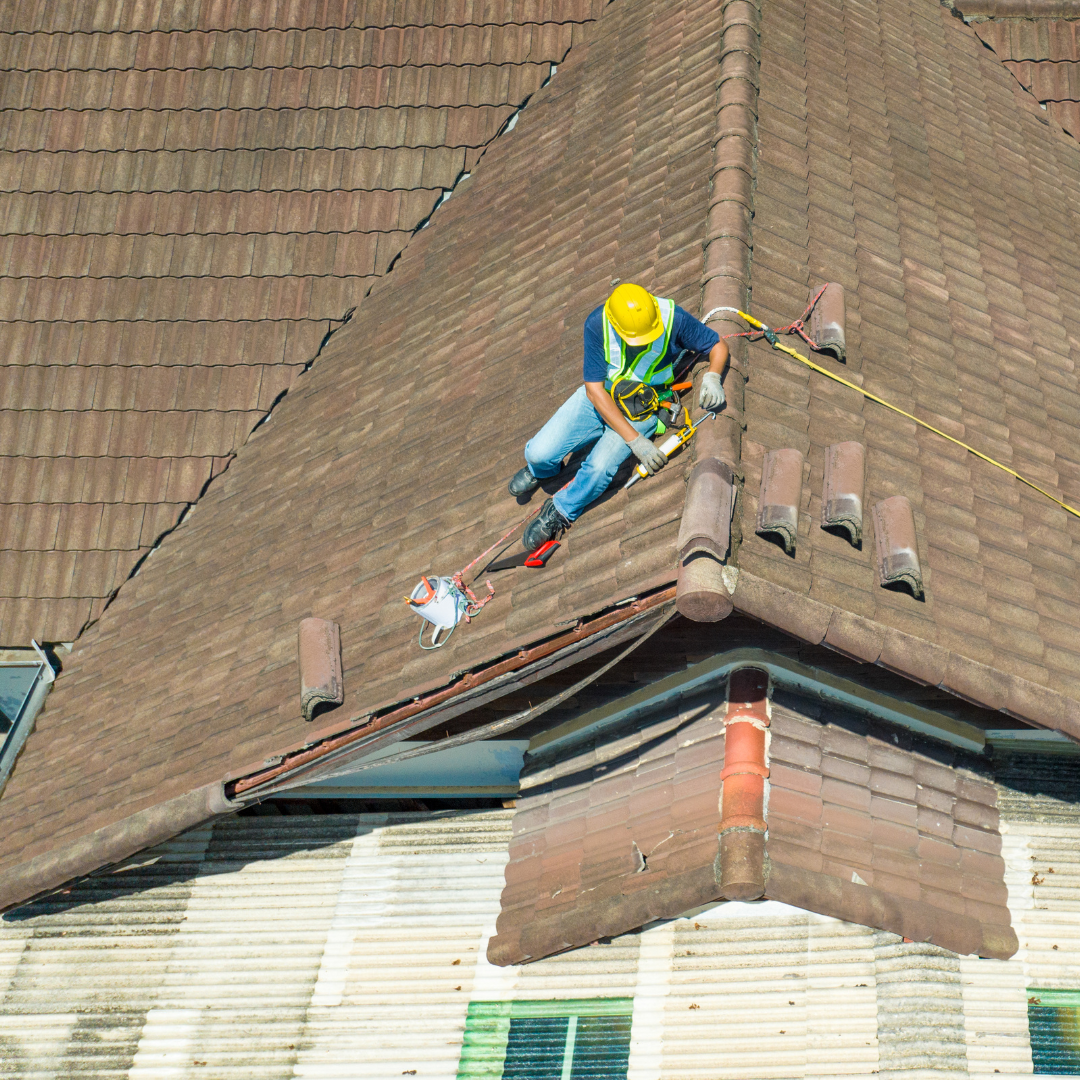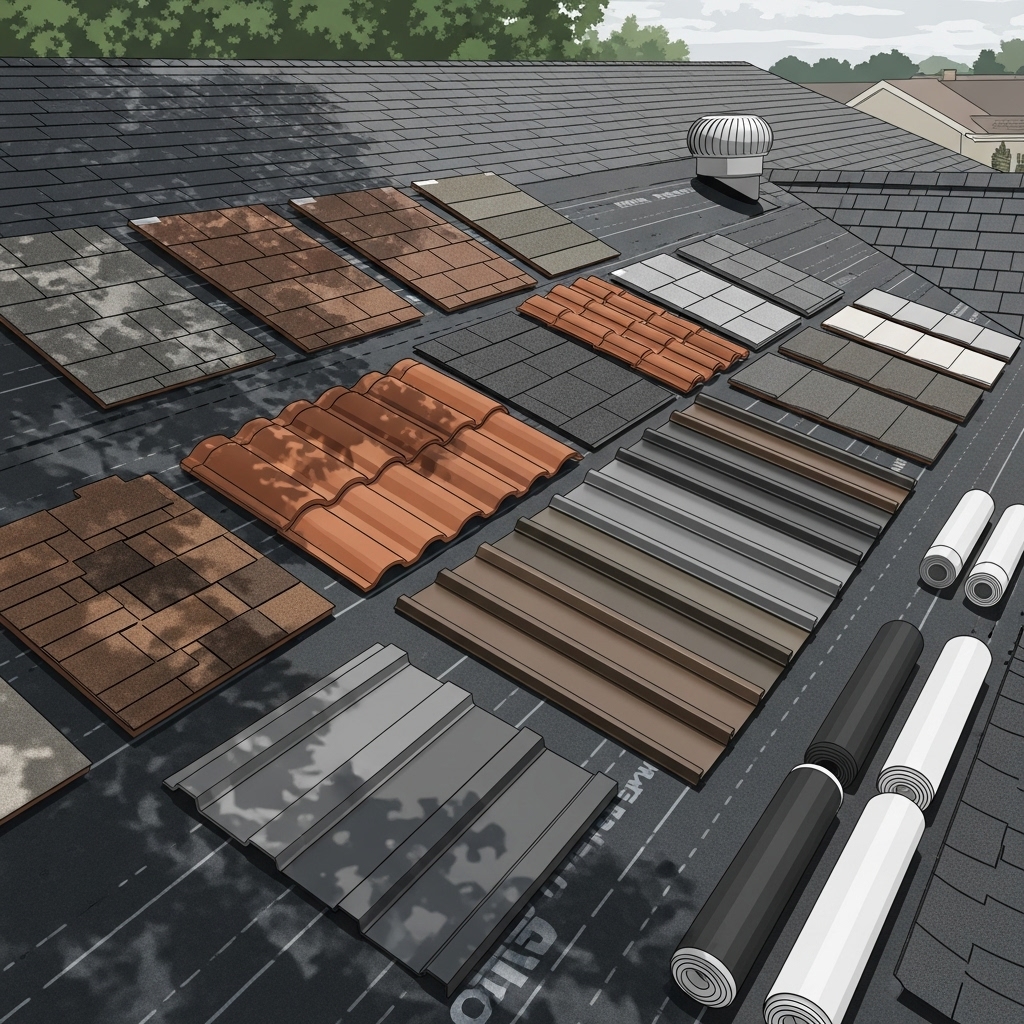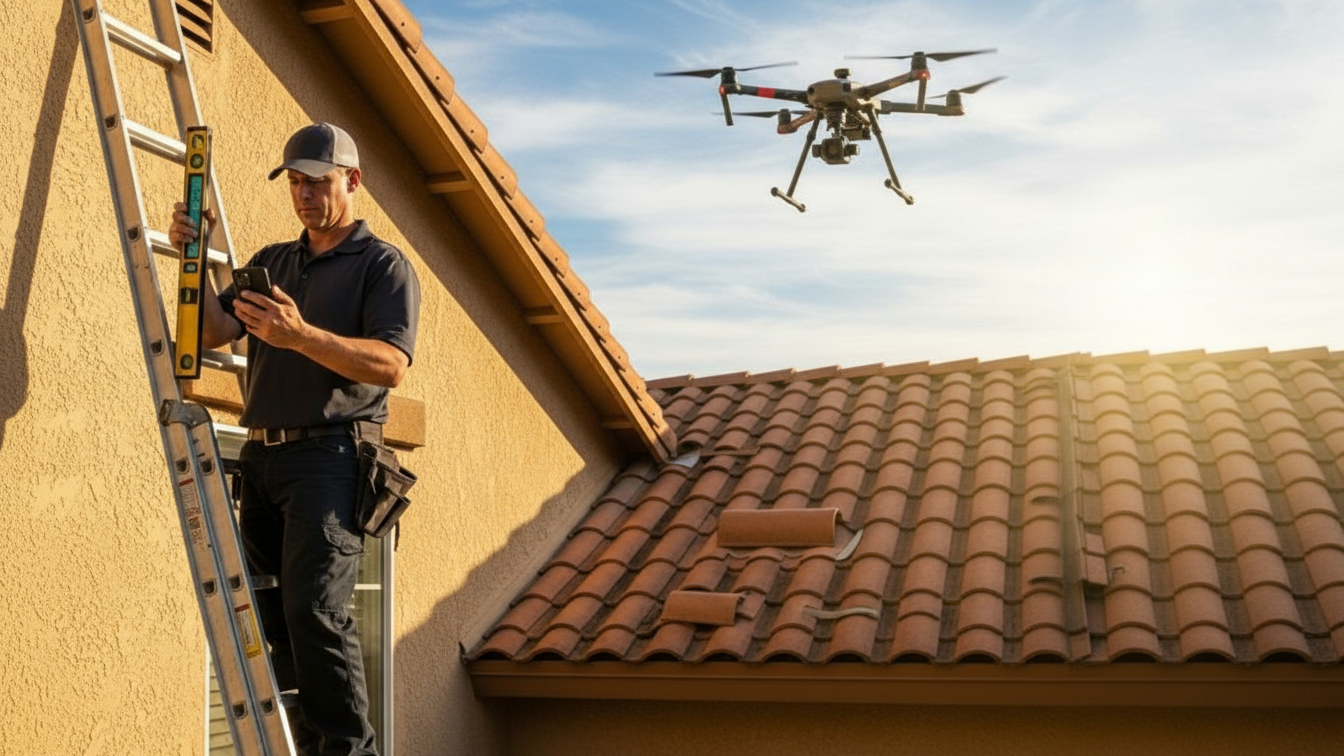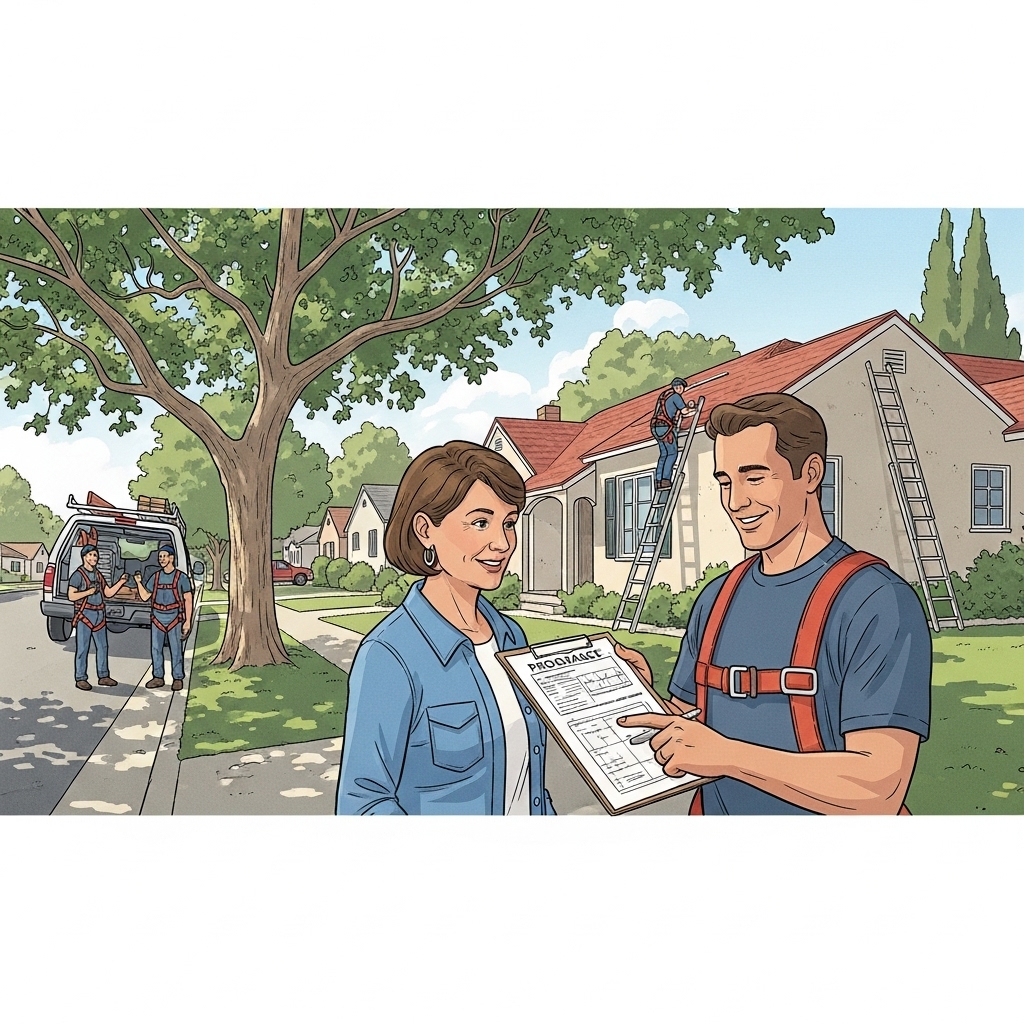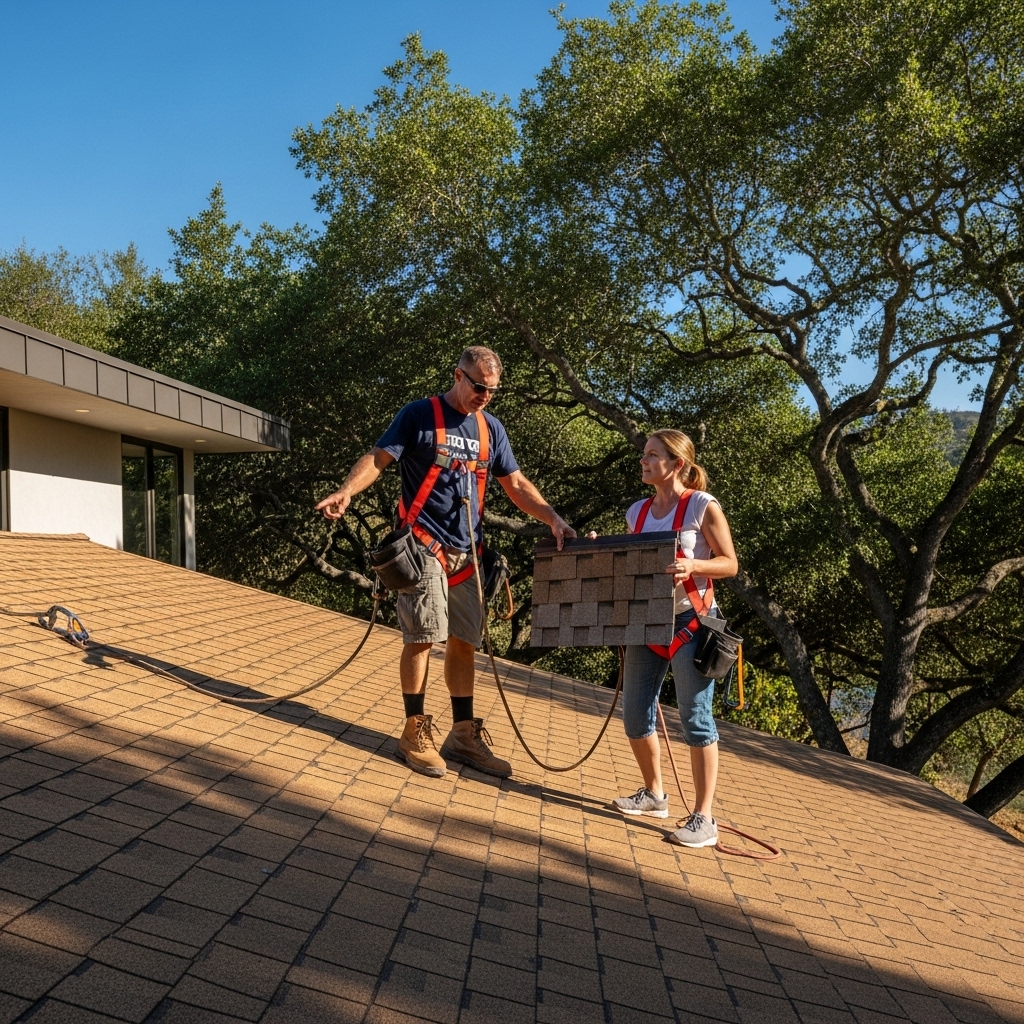A roof emergency can happen at any time, whether due to severe weather, falling debris, or unexpected leaks. When your roof is compromised, acting quickly can prevent further damage and costly repairs (Roof Emergency Repairs). Knowing what to do in a roofing emergency can save your home or business from structural issues, water damage, and expensive restoration work. Here’s how to handle a roof emergency before it’s too late.
1. Identify the Problem and Assess the Damage
The first step in handling a roofing emergency is identifying the issue. Common signs of roof emergencies include:
- Leaks or water stains on ceilings and walls
- Missing or damaged shingles after a storm
- Sagging or weakened roof structure
- Fallen tree branches or debris on the roof
- Visible cracks or holes
If it’s safe, inspect the damage from the ground or inside your home. Avoid climbing onto the roof, as structural weakness could put you at risk.
2. Prevent Further Interior Damage
Once you’ve identified the problem, take immediate action to protect your home’s interior. Here’s what you can do:
- Contain water leaks – Place buckets or containers under leaking spots to prevent water from spreading.
- Move valuables – Protect furniture, electronics, and important documents by moving them away from the affected area.
- Use tarps or plastic covers – If water is seeping in, temporarily cover the damaged ceiling or walls with plastic sheeting to reduce further damage.
Taking these quick steps can help minimize repair costs while you wait for professional assistance.
3. Apply Temporary Roof Protection
If possible, take temporary measures to prevent further damage to your roof. Common emergency fixes include:
- Tarping the Roof – Secure a heavy-duty tarp over damaged areas using nails or ropes to prevent leaks until professional repairs can be made.
- Using Roofing Sealant – If a small crack or hole is causing the leak, applying a waterproof sealant can provide temporary relief.
- Clearing Debris – If it’s safe, remove loose branches or debris that could cause additional damage.
These temporary fixes can help prevent worsening conditions while waiting for a professional roofer to assess the situation.
4. Contact a Professional Roofing Contractor Immediately
Roof emergencies require expert attention to ensure long-term stability and safety. As soon as you’ve secured your home, contact a trusted roofing contractor to inspect and repair the damage. Look for a professional with:
- Emergency roofing services for quick response
- Experience handling storm damage and insurance claims
- Proper licensing and insurance coverage
A reliable contractor will provide a thorough inspection, recommend necessary repairs, and help you with insurance claims if needed.
5. File an Insurance Claim If Necessary
If your roof damage is covered under your homeowners’ insurance policy, file a claim as soon as possible. Follow these steps:
- Take photos and videos of the damage for documentation.
- Keep records of temporary repairs and expenses.
- Contact your insurance provider and follow their claim process.
Having a professional roofing contractor assist with the claim can help ensure you receive fair compensation for necessary repairs.
Stay Prepared for Future Roof Emergencies
Handling a roof emergency requires quick thinking and immediate action (Roof Emergency Repairs). By identifying damage early, applying temporary solutions, and calling a professional roofer, you can prevent costly repairs and protect your home. Regular roof inspections and maintenance can also help you avoid future emergencies.
If you suspect any issues with your roof, don’t wait until it’s too late—act now to ensure your home stays safe and secure.
NEMA Roofing Repair – Woodland Hills
https://nemaroofing.com/
+1 818-528-6412

